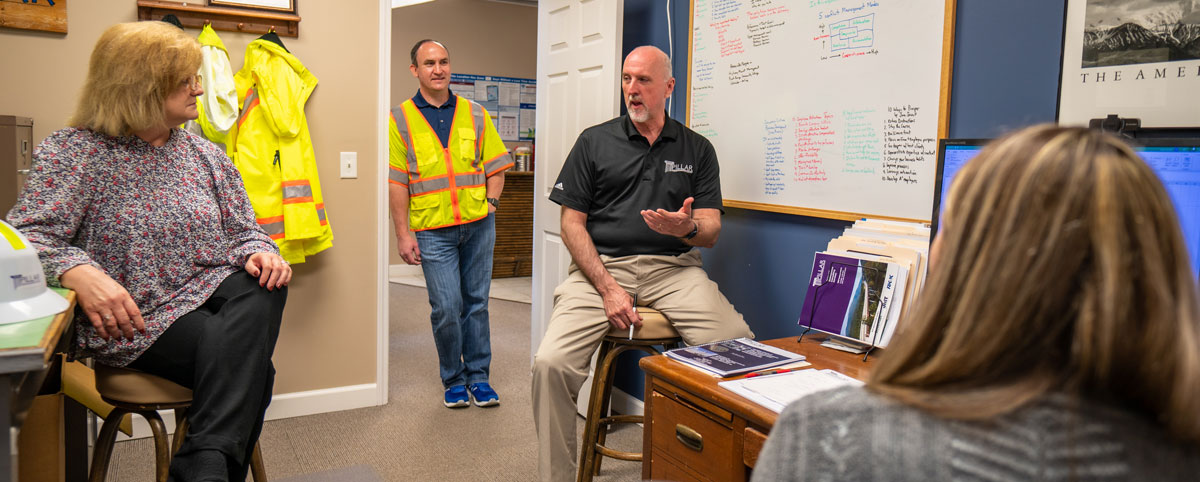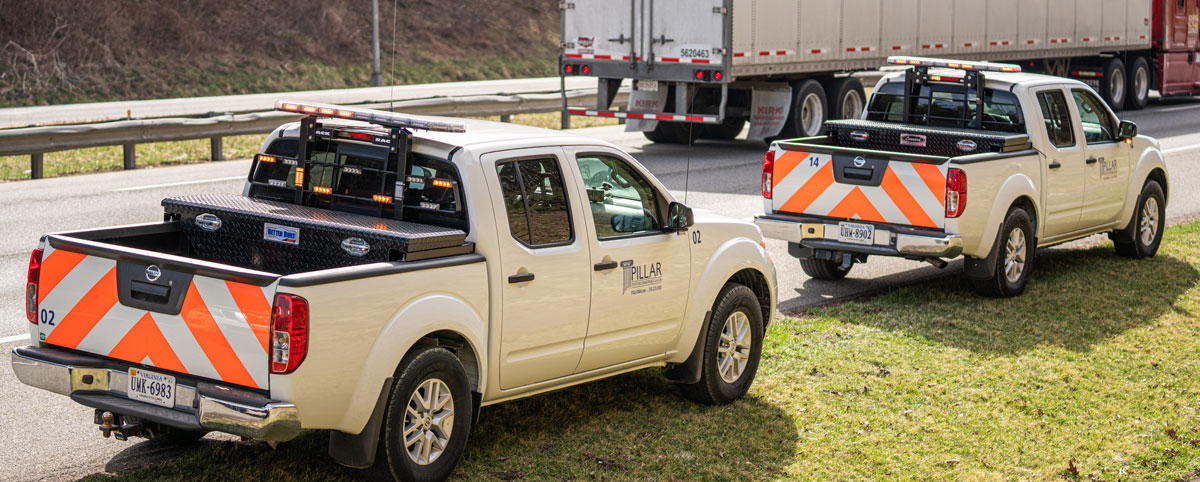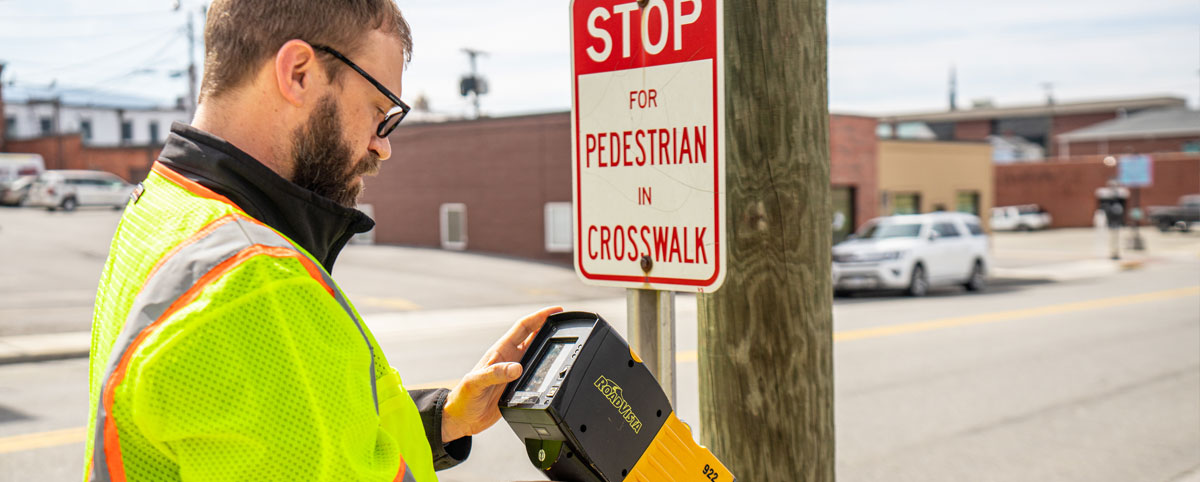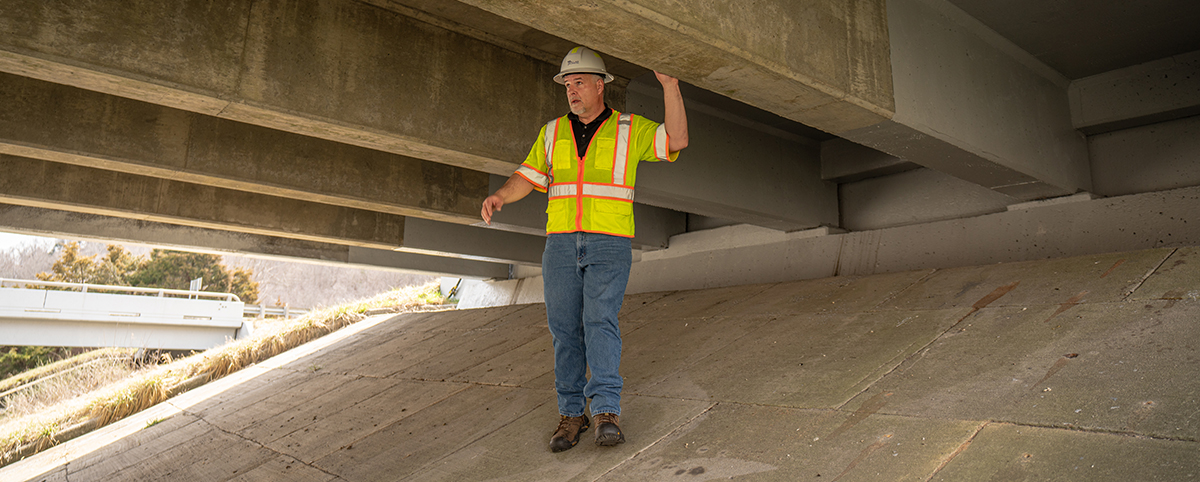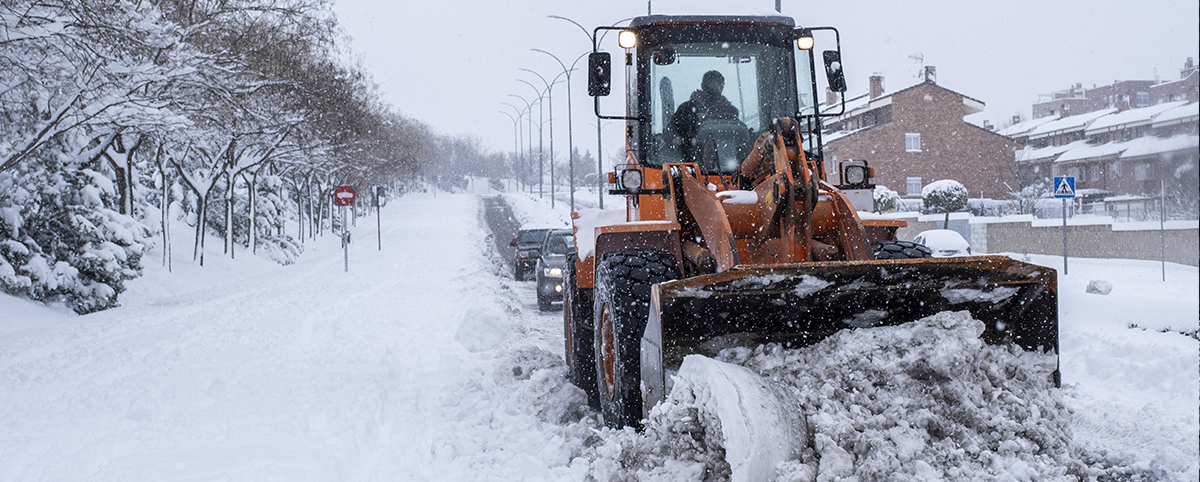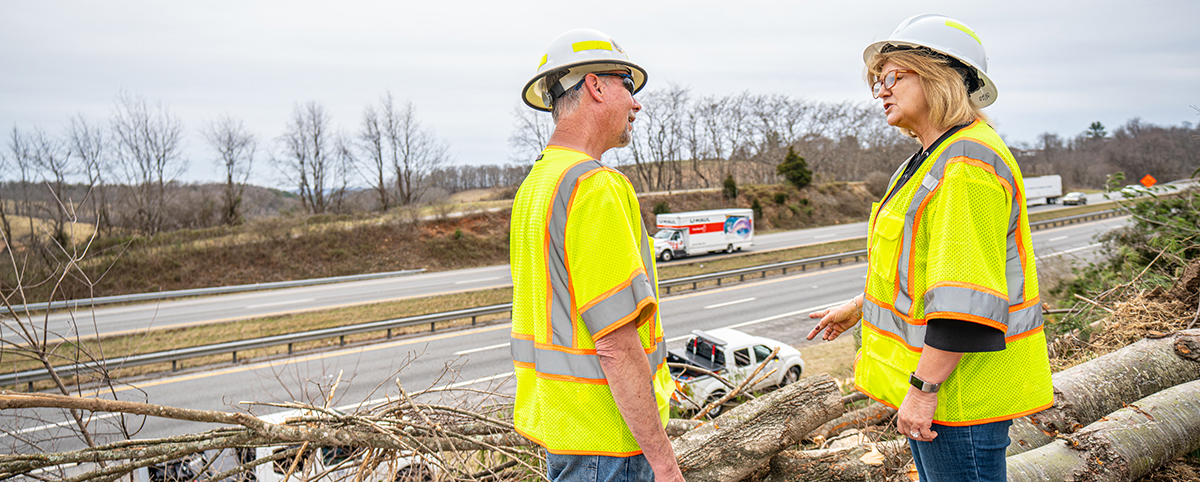Understanding your employee demographics is a key attribute in a human resources program. It is a big part of what makes your organization tick, and getting it right can make a significant impact on your bottom line. Ask yourself if you plan on being in business five years from now, or 10?
In this brief space we offer tips and truisms that can help you manage the development process in the near and mid-term. If you haven’t noticed, the Boomers are retiring and the rules-based conformity mentality is going with them. The game has changed by an order of magnitude. In other words, the days of “Theory X Boss is Right” management are history.
Adjust your HR program and management approach
According to the Supreme Court, corporations are people. This judicial-political absurdity should be reflected in things like:
- Regular company-wide family engaging events, (summer picnics, holiday parties, etc.)
- Employee recognition programs
- Refined and family targeted communications, suggestion programs, enlightened HR programs and policies, etc.
- You may have been in business for 50 years, make sure your thought processes didn’t stay stuck in the comfort zone of the 80s.
Safety programs
These are often a good place to start the process because they are pretty much neutral territory and cover a wide swath of inputs.
- Start an Employee Safety Committee, empower it, guide it but let the employees drive. Empower and enable it.
- Put your name and logo on safety gear. In other words, own it!
- Quit buying the cheapest PPE available, it sends the wrong message. The difference in cost in miniscule but the branding message is priceless
Don’t try to do everything alone
Inviting stakeholders to the party will help people feel as though their voice is being heard and that they can have an impact on the company.
- This is also known as ‘Leadership,’ which is the gold standard in the safety and workforce development business.
- Ideally, leaders should be developed through your ranks, not the want ads.
Peer Group Dynamic
This is a powerful tool when used properly, so make sure you review this process carefully.
- Department managers are LEADERS first
- Lead persons and working supervisors LEAD by example. They are the face of your organization – for both employees and clients.
- Each employee must be recognized, respected, treated fairly and valued for their contribution to the group. Setting reasonable and achievable standards of performance and conduct is a basic element of this process.
Employee wellness
Promoting a healthy lifestyle is one of your best allies in developing your company culture. This means people who are relatively healthy are usually better workers, safer on the job, more productive, take less time off and return sooner following an illness or injury. In other words:
- Offer wellness assistance such as smoking cessation; exercise and fitness initiatives, 5K walkathon sponsorships, dietary advice and encouragement, i.e. remove the soda pop from the vending machines, replace it with some kind of hydrating beverage, etc.
- For the enlightened of our readers, offer health club memberships or discounts.
Refine your hiring practices
Post a job description that defines the necessary criteria for a successful employee not just for the job you are trying to fill, but for the longer range.
- Configure some questions to determine if the applicant has an aptitude for self-study, learning, advancement, promotion or learning, etc.
- This translates to: community college course work; membership and participation in trade associations; a track record of achievement; innovation, invention, etc.
- When you hire ‘average,’ why would you expect any other result? It’s tough to be selective in an economy with 96% employment, but unless you are desperate (not a good sign), ramp up your criteria.
- It’s not all about the money, but obviously you need to be competitive in the wage market. The peripherals we mentioned above can make a huge difference in how your employees perceive the culture and future of the people they work for.
Accommodate non-English speaking employees
Set up a simple version of English as Second Language (ESL) teaching.
- A half-hour a week in the breakroom with a bi-lingual instructor can set up the dynamic.
- You are not teaching physics, just the basics. Move the classes along based on aptitude and participation.
Carefully construct a company benefits program
These can often become the quick-sand of the HR program. Your program should at least match the industry average, as meager as it is.
- If you can afford it, offer the buy-up option. As we know, this is an expensive outlay but try to configure it to show you’re at least trying to stay in the game.
- This is also a highly a competitive playing field so unless you’re a math expert, use a trusted advisor to configure your employee benefits program.
Summary: Stay in business and grow
What we have seen is that the ‘C Word’ (CHANGE) has become ever more critical in the overall scheme of how a business is going to succeed.
We all can’t be General Motors, but we should be managing our enterprises according to best practices. These should be pointing more toward PEOPLE in the service economy, and people want to see their reflection in their workplace, not a number or a machine.
In other words, we should be looking to HUMANIZE versus mechanize.

